Bee-yond Anthropocene
“If the bee disappears from the surface of the Earth, man would have no more than four years left to live.”-Albert Einstein. Bees are essential components of the ecosystem that we all rely on for pollination of our food crops. The commodities produced with the help of these species can also generate significant income for producers.
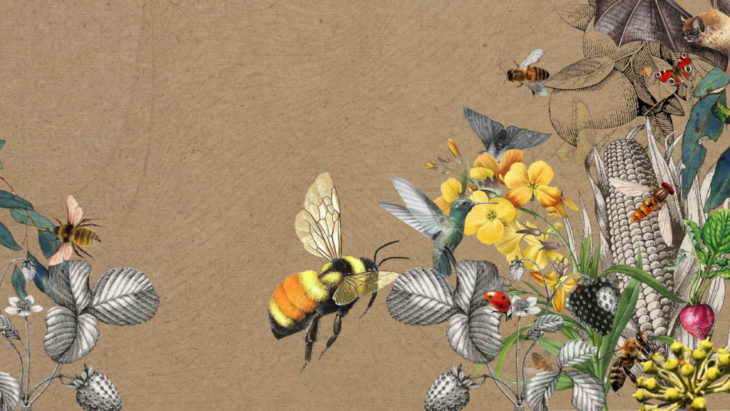
Habitat Loss
However, because of climate change, exposure to agrochemicals and habitat loss, the bee population is in decline. Hence, it is important for us to ensure ‘their’ survival for our survival and mitigate the impact leading to the diminishing bee population.
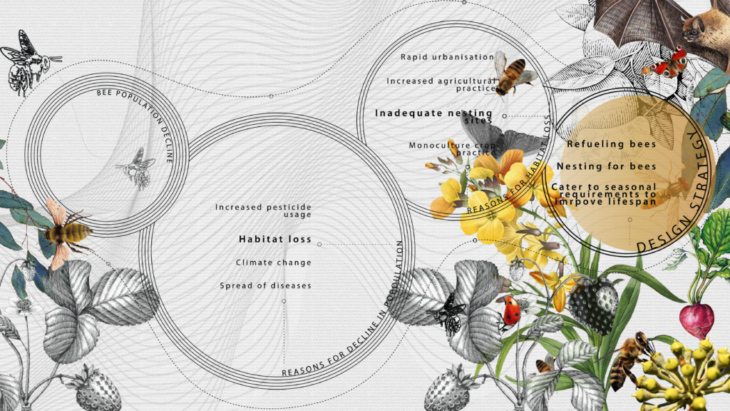
Project Scope
Through our research we found that bees can actually thrive better in cities due to lack of agrochemical usage and plant diversity. What urban context lacks is the habitable spaces and enough nutritional support for the bees. In Fact until recently, bees were banned in Barcelona.
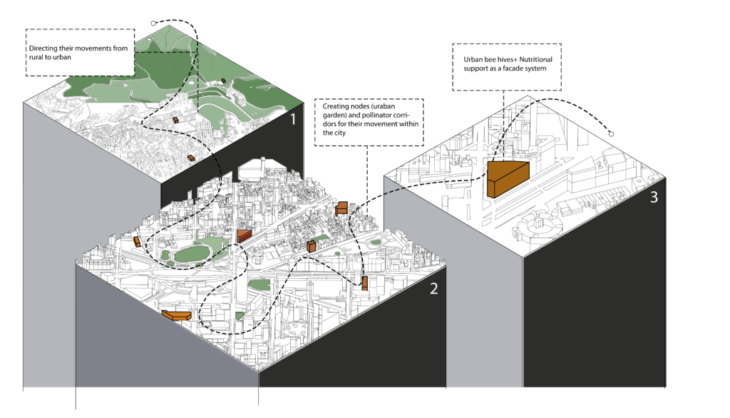
Urban Intervention
By mapping the existing green corridors and urban gardens throughout the city, we tried to analyze the potential movement of bees and at observed that we could potentially simulate the way bees travel through the city in zones. By layering that information with potential swarming directions we hope to create pollinator corridors.
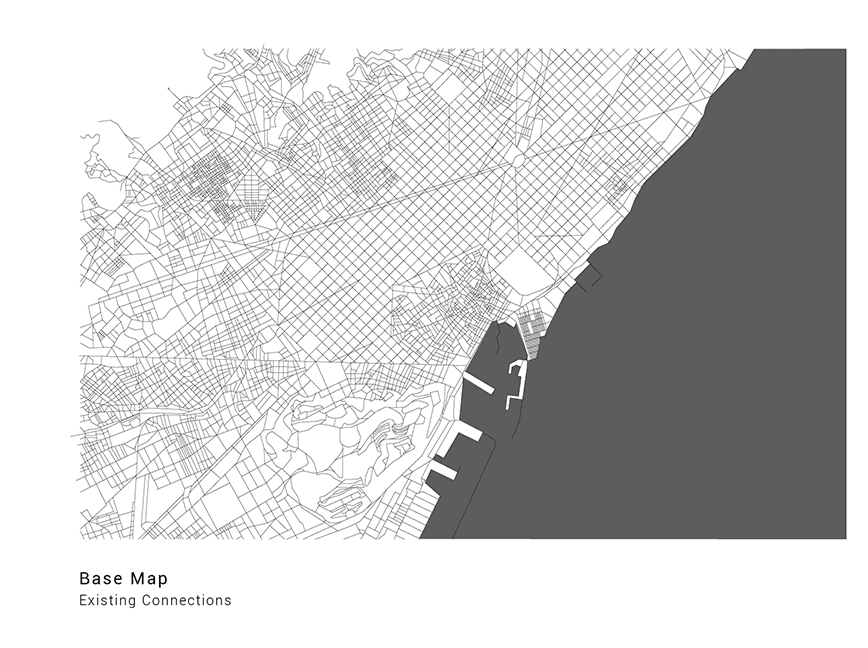 Façade System Proposal
Façade System Proposal
Blind facades every 2 kms on the proposed Bee corridors are selected for intervention based on the average distance traveled by bees for foraging. Five beehives are proposed on each façade to avoid over population. A minimum distance of 2m between the beehives is maintained throughout the facades.
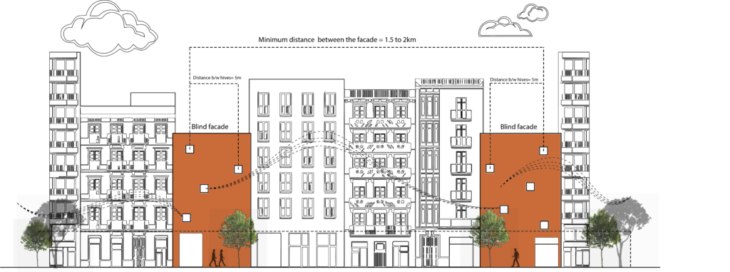
MATERIAL SELECTION
Paper Waste
Out of all the waste materials the most prominent and common one was paper when we look at the Barcelona context. The paper and cardboard/room is quite high even in the Barcelona center. This material is cellulose based -the most abundant substance- and as we work with nature we wanted to go with a material that is biodegradable as well.
 Life Cycle of Paper
Life Cycle of Paper
Paper has a limited recycling capacity. Beyond certain cycles, the fibers of the paper become too small and redundant. Our strategy involves, first, increasing the longevity of use of paper. Second, adding natural non-toxic binders. And lastly create a material mixture of better quality, that could be biodegradable and non-toxic to the bees.
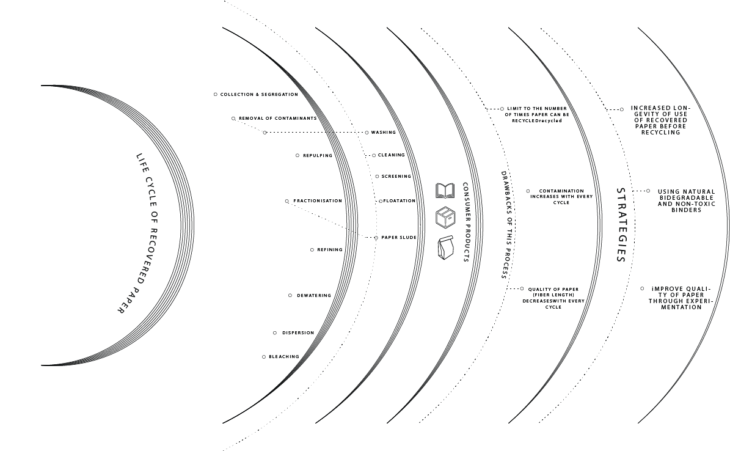 Sourcing Paper
Sourcing Paper
We categorized our sources into 2 categories, waste collectors and recycling centers. Our main source is Rua Papel, a waste collection center -which is in Poblenou.
 SITE INTERVENTION
SITE INTERVENTION
Site Selection
We selected a blind façade in Clot that was within our initial exploration, near Clot Park and smaller urban gardens.

Possible Beehive Locations
A minimum distance of 2m between the beehives is maintained throughout the façade.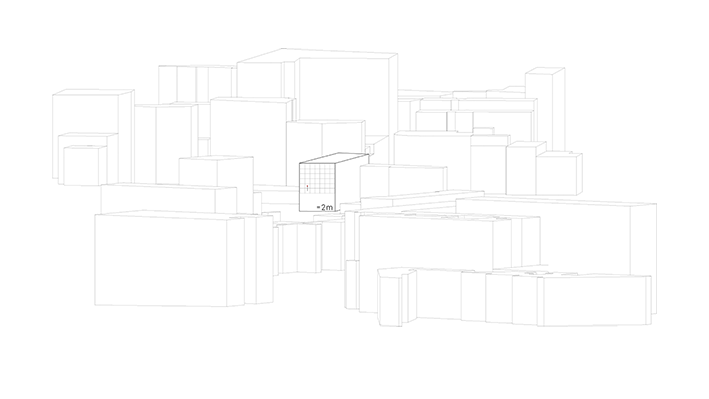 Seasonal Radiation Analysis
Seasonal Radiation Analysis
The amount of radiation on the façade is analyzed for summer and winter months separately. To maintain the desired level of temperature within the beehives, the overlapped areas of minimum radiation in summer and maximum radiation in winter are selected for the positioning of the beehives.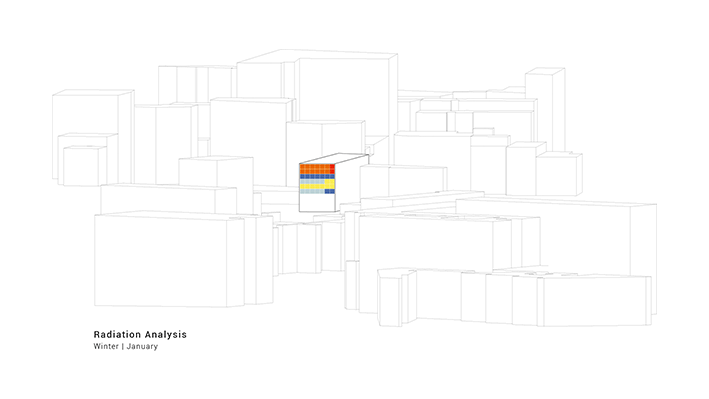

Seasonal Sun Hour Analysis
Average Sun hours are analyzed to optimize the positioning of different types of melliferous flowers on the façade based on their individual requirements.


Seasonal Matrix
 Melliferous Flowers
Melliferous Flowers
Native melliferous flowers were studied in terms of water, sun and soil requirements and height etc. based on these parameters we chose the ones that go well with one another when planted.
 Modules
Modules
There are 3 types of modules selected: 2 for beehives and 1 for melliferous planters. The geometries of the same are based on the sunlight and opening requirements for each module. The surface bulges are intended to reach the desired volumes.
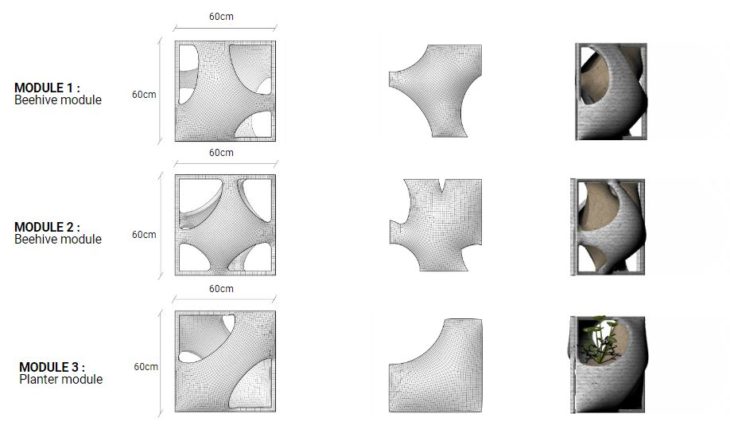 Beehive Exploded
Beehive Exploded
An intrinsic material layering and opening juxtaposition is planned to impart the desired conditions and meet the standards devised for beehive design. 3D Printed honeycombs for bees to build upon. Entrance and ventilation tube for bees are provided as per the beehive parameters. A water and sugar syrup supply system is integrated within the module. Clay and gelatin based bioplastic is used as an insulating layer for thermal regulation.

Elevation: Water and Sugar Supply System

MATERIAL EXPLORATIONS
Prototypes and Observation
We explored different strategies of fabrication and tried to get the right mixture. Our first strategy was to 3d print the material, hence we tried out the recipes with paper waste, cellulose, clay, flour and the material worked really well with the clay and flour mixture in 3d printing. As our design evolved we found out that molding is a rather better way to go ahead. We can see the prototypes
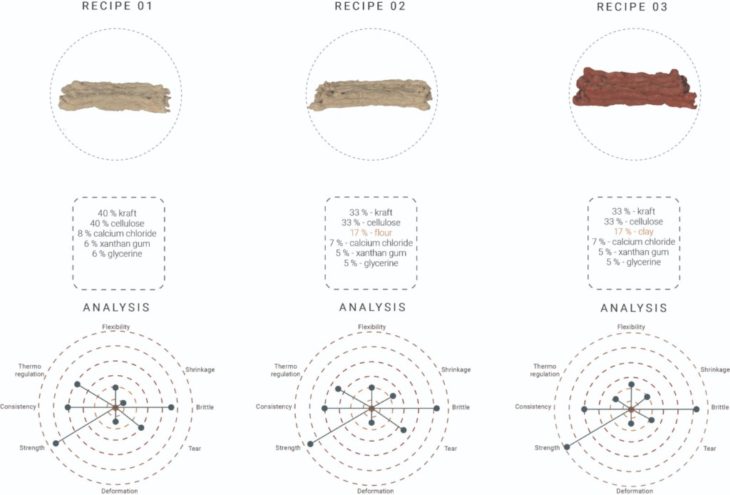
We prepared a bio material with clay as it’s a great binder in terms of consistency and helps with thermoregulation. We tried out different recipes with gelatin, agar agar and corn starch. We also tested for flexibility, shrinkage, deformation, tear, strength etc. The one with gelatin turned out the best among the three materials.
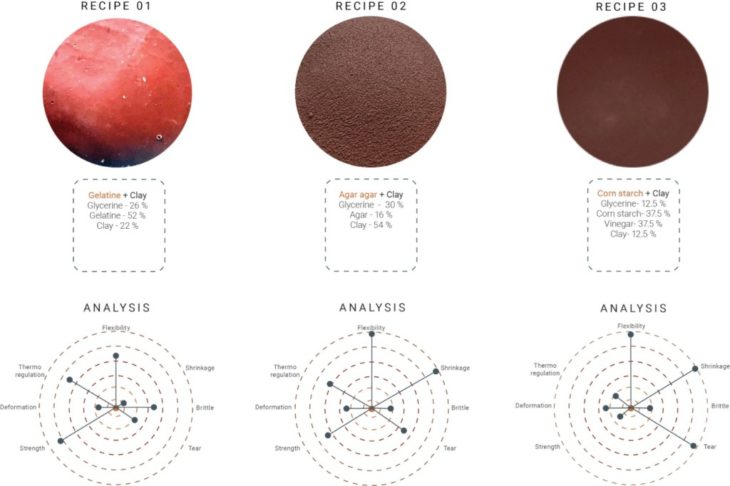
Fabrication Process
The mixture is blended and kneaded into clay like consistency. Foam molds are prepared through CNC. The material is then pored into the mold, maintaining an even thickness before setting out to dry.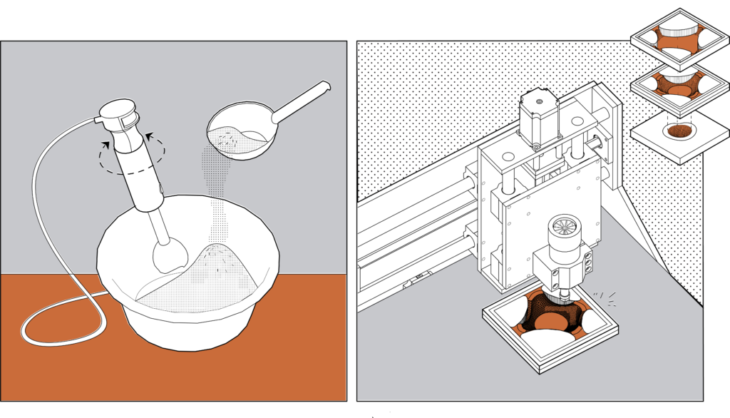
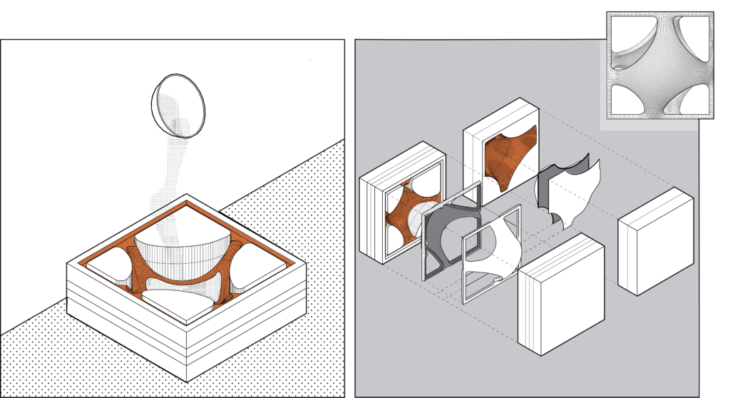
Final Renders
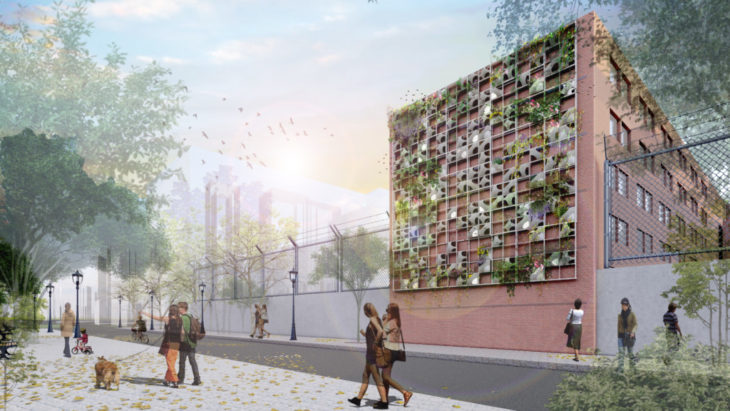
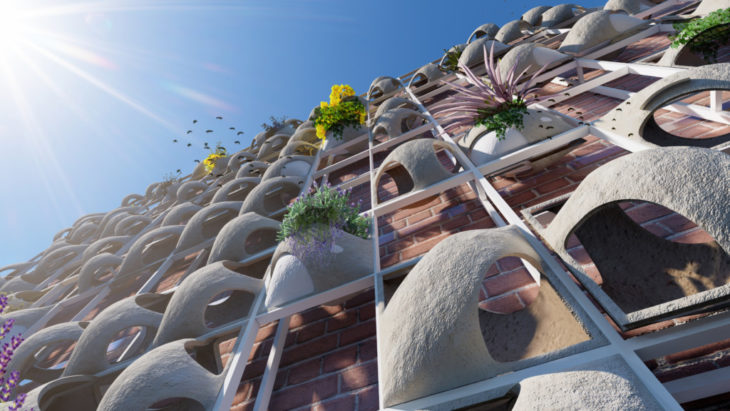
Bee-yond Anthropocene is a project of IAAC, the Institute for Advanced Architecture of Catalonia developed during the Master in Advanced Architecture 2021/2022 by students: Aleyna Gultekin, Arunima Kalra, Neha Jayanth Pattanshetti and Pragati Vasant Patilkulkarni; Faculty: Areti Markopoulou, David Andres Leon, Eduardo Chamorro Martin and Nikol Kirova; Student Assistant: Alexander Dommershausen
</p>